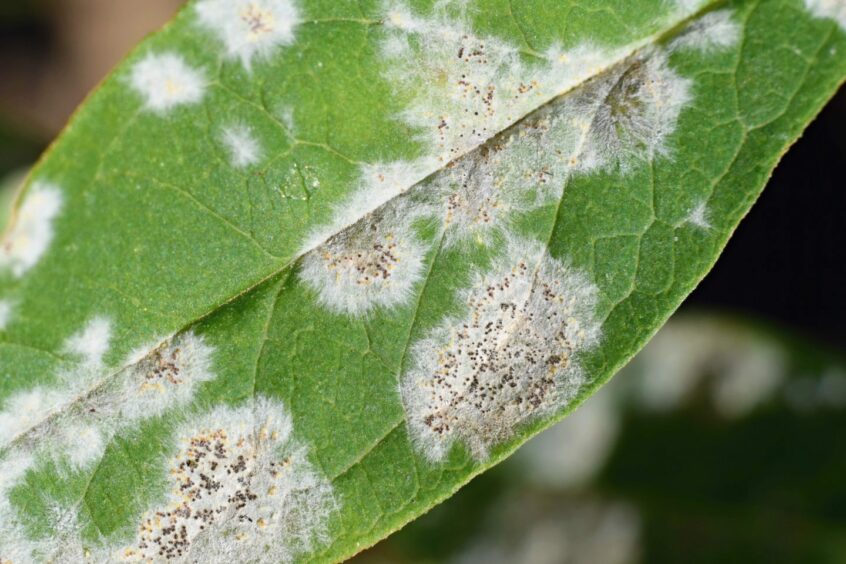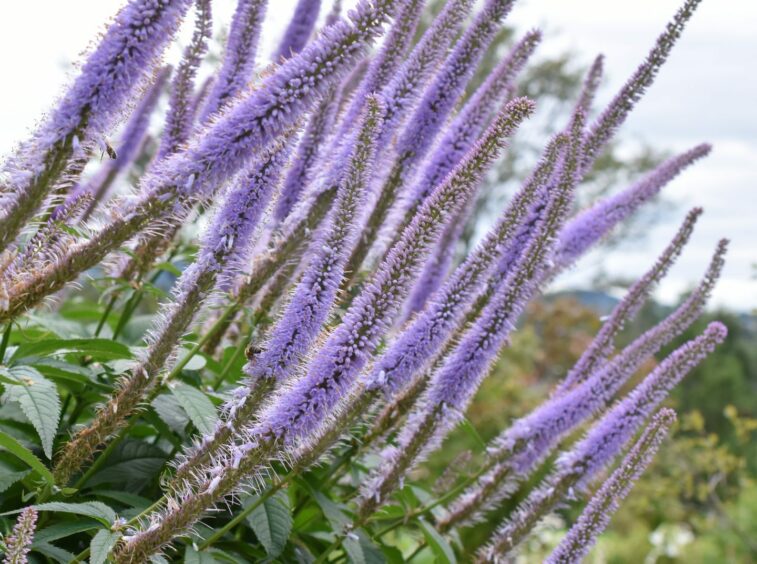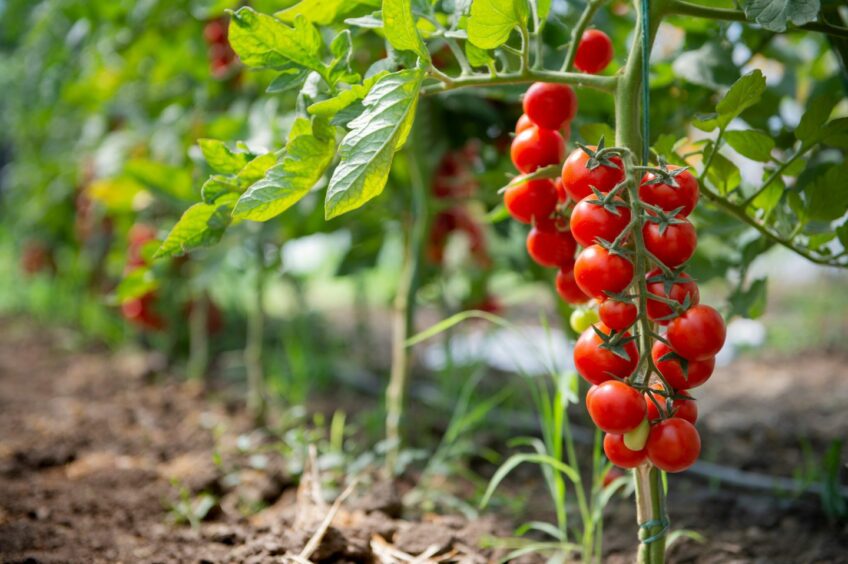I’d say it’s at this time of year gardening programmes such as Beechgrove, gardening magazines and columns in newspapers, really show their worth by helping us understand all our garden pest, disease and disorder problems.
Doesn’t matter if, like me, you garden every day to earn a living or if you only have time to garden for one hour at the weekend they show no discrimination and will affect everyone’s garden at some point.
From minor to serious
Some can be serious, potentially meaning the loss of a plant or the failure of a crop, but thankfully most are minor and with a few tweaks to the way we garden, the problem can be solved. Or at least we can learn to live with the problem.
I love the garden at this time of year for the summer display of herbaceous perennials- those plants where annually the foliage dies down at the end of each year, the roots staying alive under ground before new shoots emerge from the ground the following spring.
One I enjoy is the bergamot, which originates from North America and has, I think, unusual, showy, ragged flowers.
When I created my herbaceous border this was one of the first plants I wanted to see in here. But after a few years I decided it had to go, as each summer it would suffer from powdery mildew.
You can identify this fungi by seeing a white, dusty coating on all parts of the plant, spoiling its appearance.
Try an open position
This thrives in dry, still air so if you’ve discovered powdery mildew in your garden you may want to try growing your susceptible plant in an open position rather than in a sheltered spot, as in up against a fence or a wall.
Another favourite genus of mine is Veronicastrum which in the dry conditions of this summer I’ve found is also now suffering from this in my own garden at home.
I’m pretty gutted about this as I love what these plants bring to the border with their long and thin triangular-shaped flowering spikes on erect stems the colour white through to pink, purple and blue.
Stressed plants, which in this summer most of the garden would’ve been, due to the lack of rain water, are more open to attack so giving them a drink would’ve helped.
Now that their display is over I’m actually going to gamble and chop the plant down to the ground just now, rather than waiting until autumn in the hope I can stop this from spreading. The foliage will be destroyed rather than heading to my compost heap.
An excellent tomato crop
My old man has been bragging about his crop of tomatoes this summer producing so many that family and friends were being invited round to help themselves when my folks were off on holiday.
The fruits were being produced on strong, lovely green looking, healthy plants benefiting from a regular feed.
The leaves on my own tomato plants were a bit yellow so I eased off on the regular tomato feed for a couple of weeks exchanging this for some Epsom salts which seemed to address the magnesium deficiency my plants were suffering from.
A couple of common tomato problems such as ‘blossom end rot’ when there is a dark patch on the fruits bottom or if there are splits in the skin, are generally down to watering.
The challenge of watering
I think mastering watering is one of a gardener’s most challenging tasks. There are so many variables. Regular and consistent watering is necessary to avoid both disorders, never letting the compost dry out but not over watering.
Not so easy, especially if you use grow-bags like me. At this point in the season they are just crammed full of roots.
I’m noticing an abundance of black fly this year appearing as mass groupings on the soft ends at the tip of the plants. These aphids suck on the sap eventually weakening and causing harm.
Aphids, black fly and earwigs
When I grew broad beans I would nip out the tip to discourage them once the plant had produced four trusses, but unless I see obvious damage, I must confess this is one pest I live with, leaving it for the likes of the ladybird to deal with.
Considering I have only seen two ladybirds this season, this good food source for them is vital to support their population.
For the first time I’ve spotted black fly on Dahlias this year ironically when I was on the look out for earwig damage.
Earwigs are one pest Callum from Beechgrove and all the other ‘show-ers’ around the country will be on high alert for just now, not wanting their blooms to be suffering any damage as they aim for perfection on the show benches of the summer flower shows.
To divert them from the plants, one wee trick passed down through the generations is putting an upturned pot stuffed full of straw or long grass on a 3ft garden cane.
They will hide there during the day after causing their havoc when dark.
If you grow fruit trees release the earwigs on them to keep aphids at bay here.




Conversation